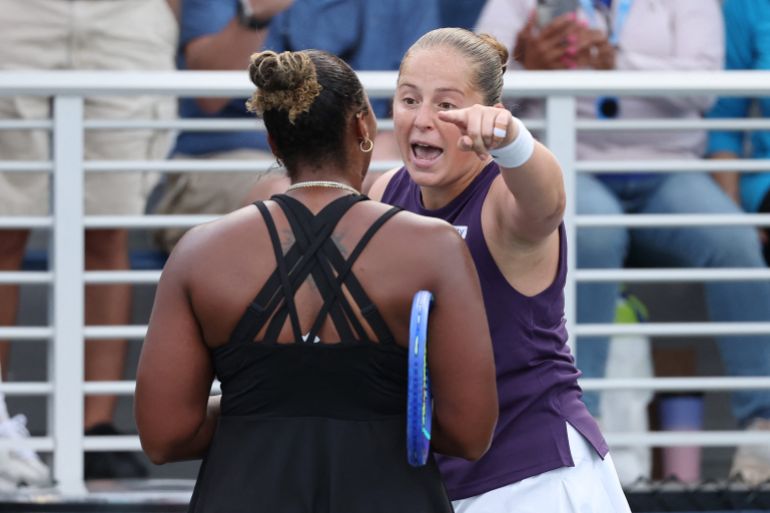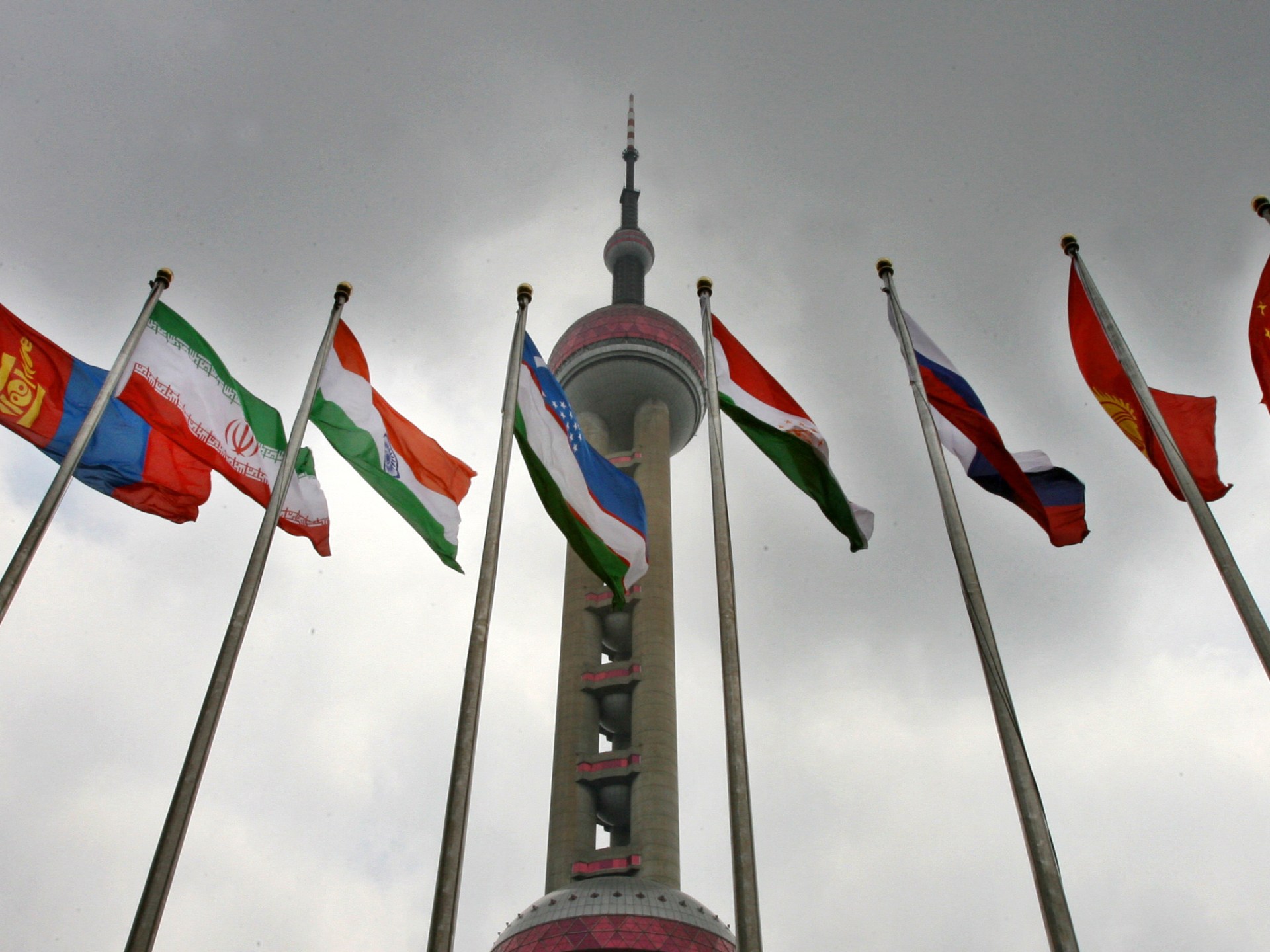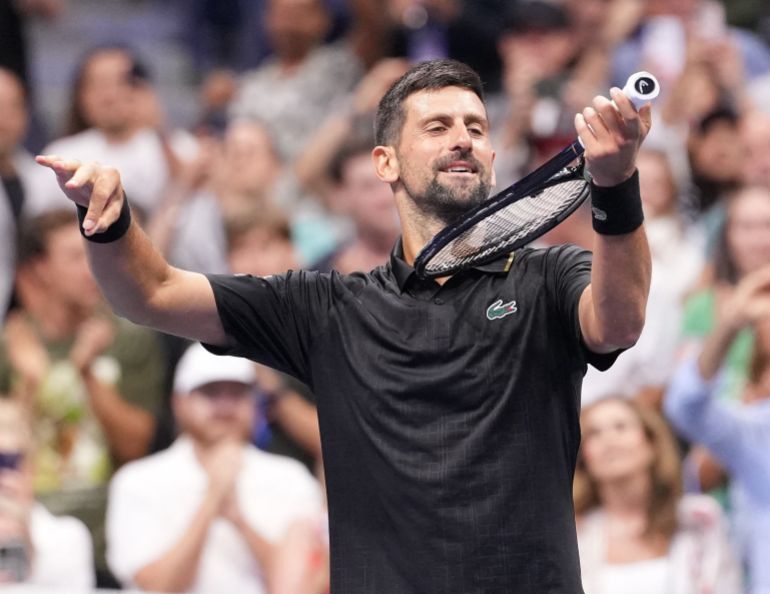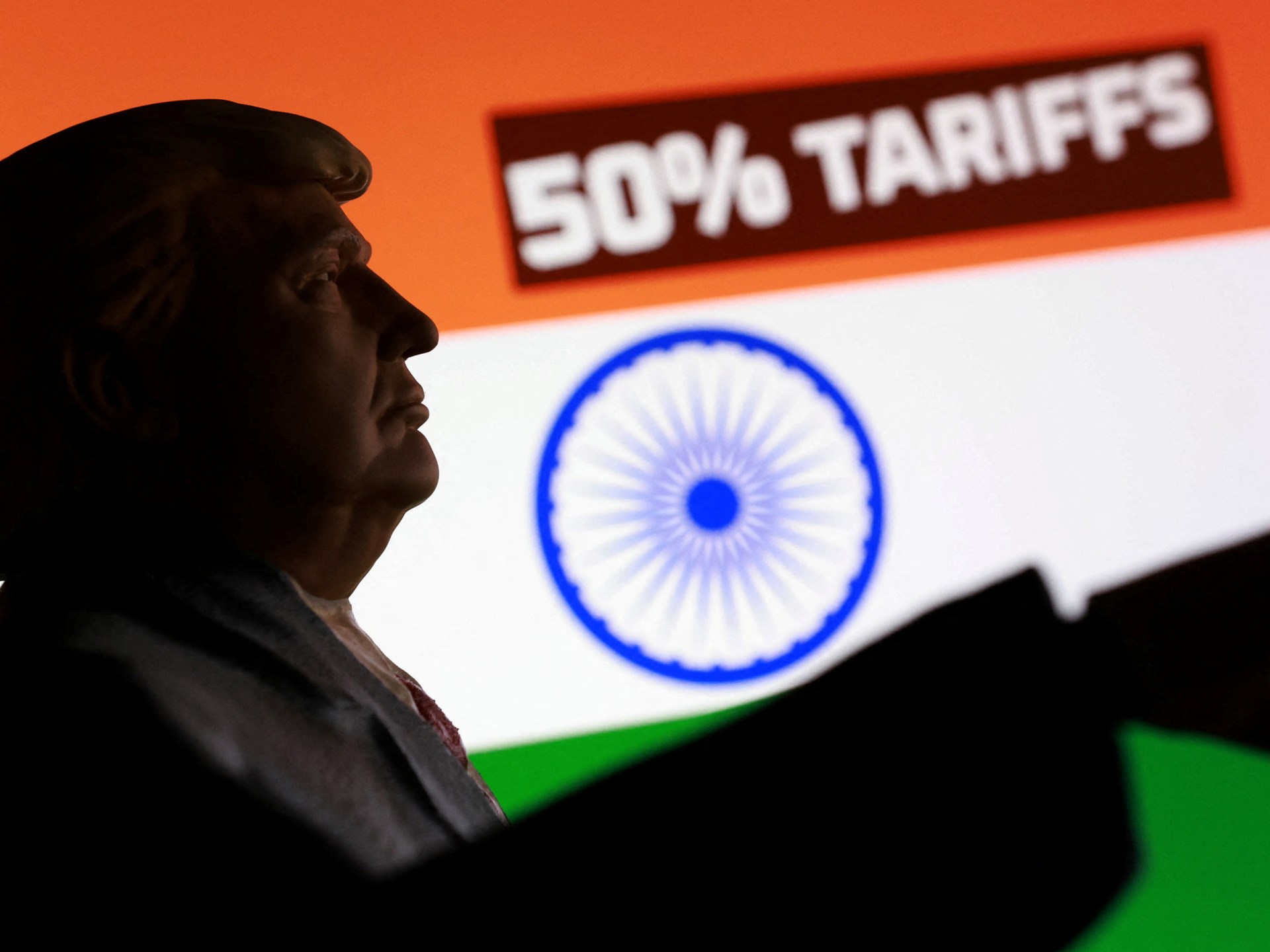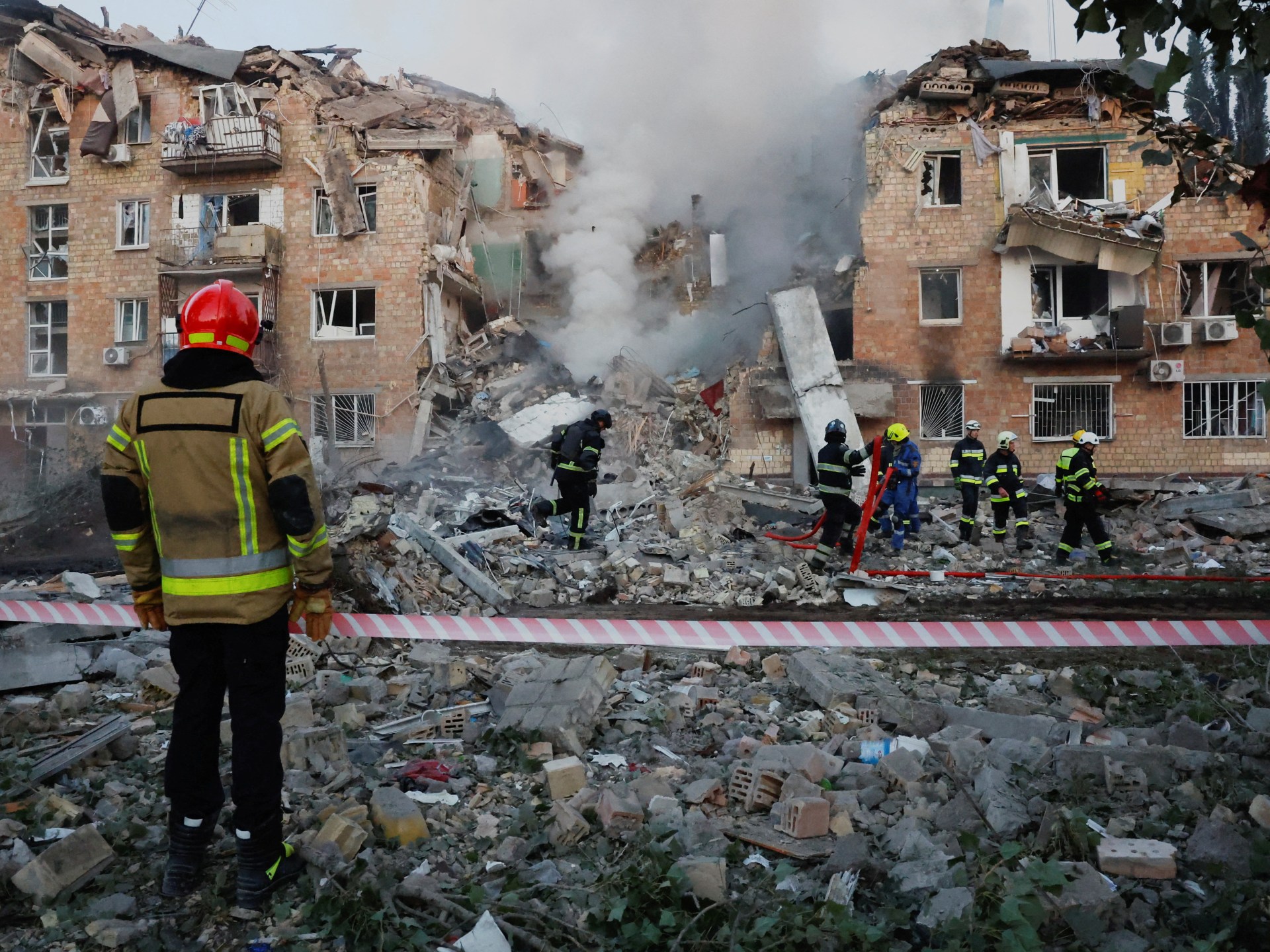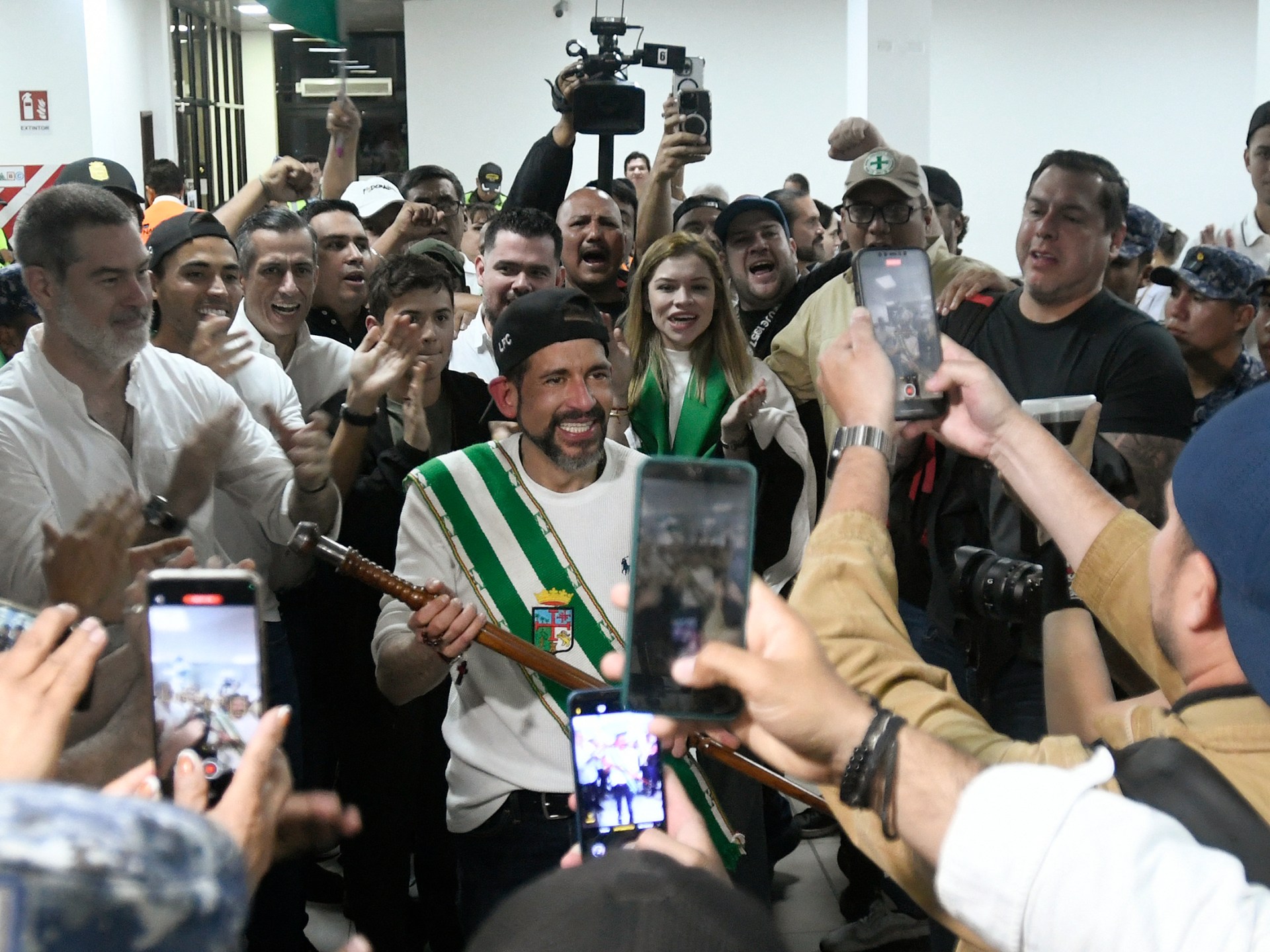In Astana, Kazakhstan, China’s President Xi Jinping addressed leaders from other Shanghai Cooperation Organization members and a few other countries in the words of “no mountain or ocean can distance people who have shared aspirations.”
At the time, the ancient Chinese saying in Xi’s speech seemed over the top, and divorced from reality: Narendra Modi, prime minister of India, one of the SCO’s major members, wasn’t even attending the grouping’s summit, citing a parliament session – an apparent snub to the bloc long driven by Beijing and Moscow.
Yet, a year later, the geopolitical landscape appears drastically different: As China prepares to host its annual SCO summit on Sunday, it anticipates a more crowded room for regional and international leaders than ever. Modi’s first visit to China since 2018 came as a result of a reconciliation that started late last year but has since been accelerated by President Donald Trump’s 50 percent tariffs on Indian goods, which have forced New Delhi to seek stronger ties with Beijing and other players in Eurasia.
At a time when much of the world is grappling with the chaos unleashed by Trump’s tariffs and threats, analysts expect the SCO conclave to serve as a platform for Xi to project his country as a stabilising force, capable of uniting the Global South to counterbalance the West, particularly the US.
China’s Assistant Foreign Minister Liu Bin stated at a press conference in Beijing last week that the summit would be “one of China’s most significant head-of-state and home-court diplomatic events this year.”
Who is attending and where is it?
This year’s summit is set to take place from August 31 to September 1 in Tianjin, a northern Chinese city on the Bohai Sea.
More than 20 foreign leaders and the heads of 10 international organizations will be present at the summit, according to Liu’s statement to reporters.
They include leaders from SCO member nations like India’s Modi, Russia’s Vladimir Putin, Masoud Pezeshkian, Iran’s Masoud Pezeshkian, Belarus’ Alexander Lukashenko, Kazakhstan’s President Kassym-Jomart Tokayev, Uzbekistan’s President Shavkat Mirziyoyev, Krygyz President Sadyr Japarov, and Tajik President Emomali Rahmon
Turkey’s President Recep Tayyip Erdogan, Myanmar’s military chief Min Aung Hlaing, Nepal’s Prime Minister K P Sharma Oli, Indonesia’s President Prabowo Subianto, Malaysia’s Prime Minister Anwar Ibrahim and the Maldives ‘ President Mohamed Muizzu are among other leaders expected to attend.
The Summit will feature Secretary-General of the Association of Southeast Asian Nations (ASEAN) Kao Kim Hourn and Secretary-General of the United Nations Antonio Guterres.
The SCO is it significant?
The SCO initially began in 1996 as a security bloc, dubbed the “Shanghai Five”. Following the end of the Cold War and the fall of the Soviet Union, China, Russia, Kazakhstan, Kyrgyzstan, and Tajikistan established it as a solution to their border disputes.
However, the organization changed its name to the SCO, which now includes Uzbekistan and has its Beijing-based head office. In 2017, the group expanded to include India and Pakistan. In addition to being full members, Belarus and Iran were added in 2023.
Additionally, the organization has 14 important dialogue partners, including Cambodia, Egypt, Turkiye, Myanmar, Sri Lanka, and Saudi Arabia.
SCO member states account for 43 percent of the world’s population, and 23 percent – or almost a quarter – of the global economy.
However, the group’s identity and mission are still unsure, according to Alejandro Reyes, adjunct professor at the University of Hong Kong’s Department of Politics and Public Administration.
The United Nations, World Bank, and International Monetary Fund were the most well-known post-World War II multilateral organizations led by the US. But the end of the Cold War and the emergence of economies such as China, India, Brazil and South Africa have led to “diversification, if you will, of multilateralism, resulting in the formation of organisations like the BRICS seeking to give a voice to the Global South”, Reyes said. The SCO is also one of those “new multilateral organizations,” the statement continues.
The acronym BRICS, which derives from the initials of the founding members Brazil, Russia, India, China, and South Africa, refers to itself as a forum for the Global South and also addresses global issues like geopolitics, global security, and trade.
But while the SCO emerged with a focus on regional security, the expansion of its mandate to also discuss trade and other Global South concerns means it is difficult to understand what sets the grouping apart from organisations like the BRICS, Reyes said.
Reyes and Manoj Kewalramani, the head of the Takshashila Institution in Bangalore, India’s Indo-Pacific Studies Program, both expressed agreement that the SCO is still “an organization that is looking for an identity.”
According to him, “the identity that they appear to be working out today revolves around the idea of indivisible security, which means that one’s security cannot come at the expense of the other,” he told Al Jazeera.
Kewalramani pointed out that the SCO’s articulation of indivisible security is, however, the complete opposite of the North Atlantic Treaty Organization (NATO) ‘s vision.
“Block-based collective security is the NATO vision. According to him, the SCO believes that everyone’s interests should be taken into account when addressing global issues.
“The SCO vision is also an argument to the United States, saying, ‘ Look, you are a major power. We are a significant global power. You must respect our goals, at least in our peripheral regions. So this is an argument of spheres of influence”.
What is the significance of this summit?
Russia’s conflict with Russia, Israel’s ongoing occupation of the West Bank, security concerns in South Asia and the Asia-Pacific region, and Trump’s ongoing global trade conflict are all at the forefront of this year’s summit.
With the world “clearly in deep flux”, Kewalramani said, “you’re likely to see China or Russia in particular, make the case that the world is entering an era of multipolarity and articulate indivisible security as the way forward.
The summit is also significant because, in my opinion, many people believe that multilateralism is facing existential threats as a result of US policies, and that SCO nations continue to support multilateralism rather than unilateralism, Kewalramani added.
Reyes claimed that the summit’s host country, China, also has significance in terms of its visual and symbolic aspects.
” This is a time when the US is burning bridges with almost every country. Therefore, according to President Xi, now is a good time for China to establish itself as a global power by demonstrating its effective relationship with numerous nations. China makes every effort to form friendships wherever possible.
Two days after the SCO summit ends, Beijing will on , September 3 also host a major military parade to commemorate the end of World War II in Asia. Many of the SCO summit participants, including Putin, Lukashenko, and Subianto, are expected to attend the parade. Kim Jong Un, the leader of North Korea, is also scheduled to visit Beijing for the event, which, according to Reyes, will also be “a significant part of this optic”of Xi hosting world leaders.
What are the SCO’s positions on key issues?
On crucial geopolitical issues, the grouping frequently cannot come to an agreement.
For instance, India has been able to persuade most SCO members to support their interests in the ongoing conflict between Russia and Ukraine while also purchasing record amounts of oil from Russia.
On Thursday, Ukraine’s Ministry of Foreign Affairs called on SCO members to” express their clear position “and” show that they respect the principles of international law, do not tolerate Russia’s war of aggression against Ukraine and the killing of Ukrainian children”, at this year’s summit.
The SCO has also been divided by Israel’s conflict in Gaza and its military exercises in Lebanon, Iran, and West Bank occupied territory.
India, which also has close ties to Israel, refused to sign a joint statement when the organization criticized Israel’s attack on Iran this year.
Friction also persists between India and fellow SCO member Pakistan, with New Delhi calling on the organisation to condemn cross-border terrorism, for which it blames Islamabad. India demanded in July that the organization condemn the April 26-fatal attack by gunmen in Indian-administered Kashmir. Pakistan has refuted this accusation, saying that Islamabad is responsible.
After a meeting of the group’s defense ministers, India refused to sign a joint statement when the SCO, whose decisions are made by consensus, did not agree with that demand.
Why are there divisions among SCO members?
Different countries on the platform exist for various reasons, according to Kewalramani.
“For instance, the countries of Central Asia stepped up because they were concerned about their security and also wanted to boost economic ties with China,” she said. For India, addressing terrorism in the region was key”, he said.
Reyes reiterated that symbolism is likely to outweigh any truly meaningful deliverables at the summit, despite Beijing’s efforts to display a united approach at the event this year.
“I doubt that this organization is able to go beyond just the symbolic significance of gathering as a platform for the Global South, as a platform for Russia and China to convene to establish themselves as senior partners in this Eurasian landmass,” he said.
“I think what we’re going to see is more about the optics of having all these countries together amid the United States ‘ absence”.
What does the US stand to gain from this?
Trump has criticized South Asian organizations. In the past, he has threatened to cripple BRICS with targeted tariffs against its members, calling the grouping “anti-American”.
Reyes claimed that the US will closely monitor the SCO Summit and that it might also serve as the start for the SCO Summit, which is scheduled to take place in India later this year.
India, Japan, Australia, and the US established the Quadrilateral Security Dialogue in 2007 to combat China’s expanding global influence in the Asia-Pacific region. Over the past quarter-century, India has grown closer to the US and its allies, amid shared concerns over Beijing’s rise.
Analysts anticipate that the US will watch closely Modi’s meeting with Xi in Tianjin, which is scheduled for Monday, after Washington imposed tariffs of 50% on imports of crude oil from Russia.
At this year’s SCO Summit, Reyes said, “The US will be particularly watching the interaction between India and China, who have been trying to resolve bilateral tensions.”
“Currently, amid US tariffs on India and the upcoming Quad Summit, it will be interesting to see how Modi plays it”, he said.
Even with their tensions over tariffs, Kewalramani warned against coming to the conclusion that the India-US relationship was broken.
These are developed nations with strong relationships across many fronts. The , US will be watching how not only India but also Pakistan, Iran, and indeed Russia and China interact among themselves at the SCO Summit on some of the key geopolitical issues and trade”, he said.
